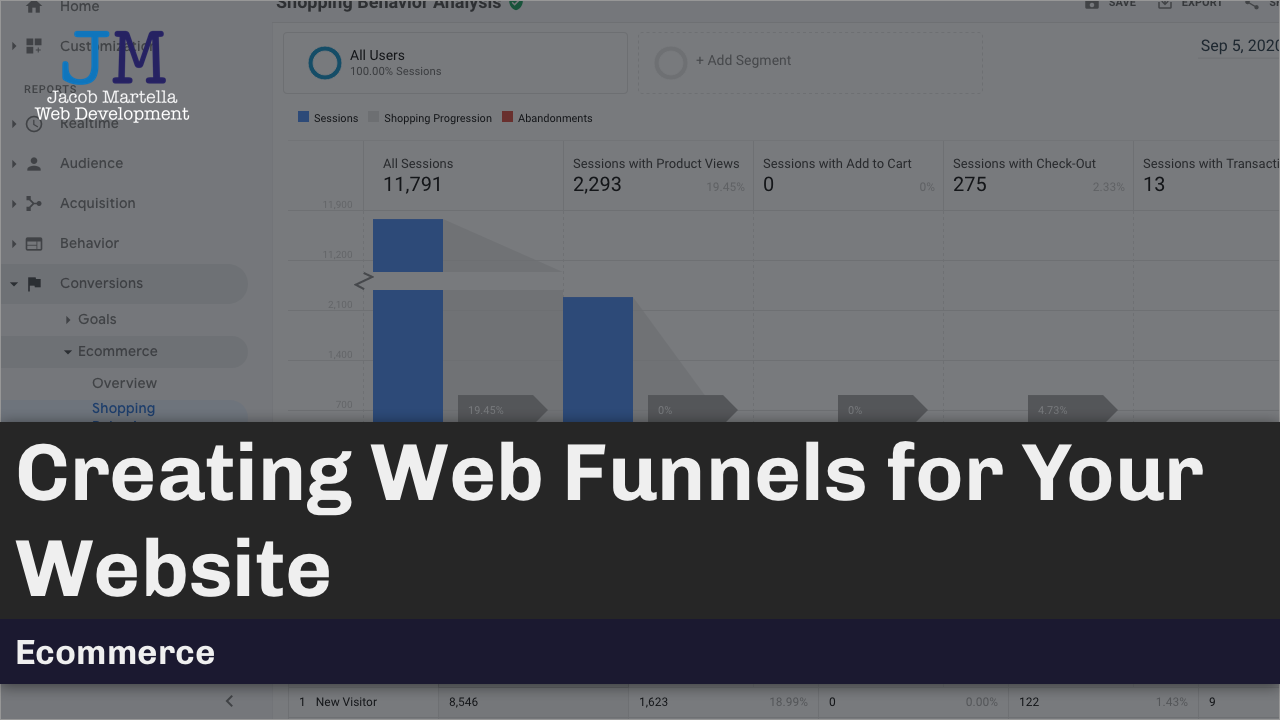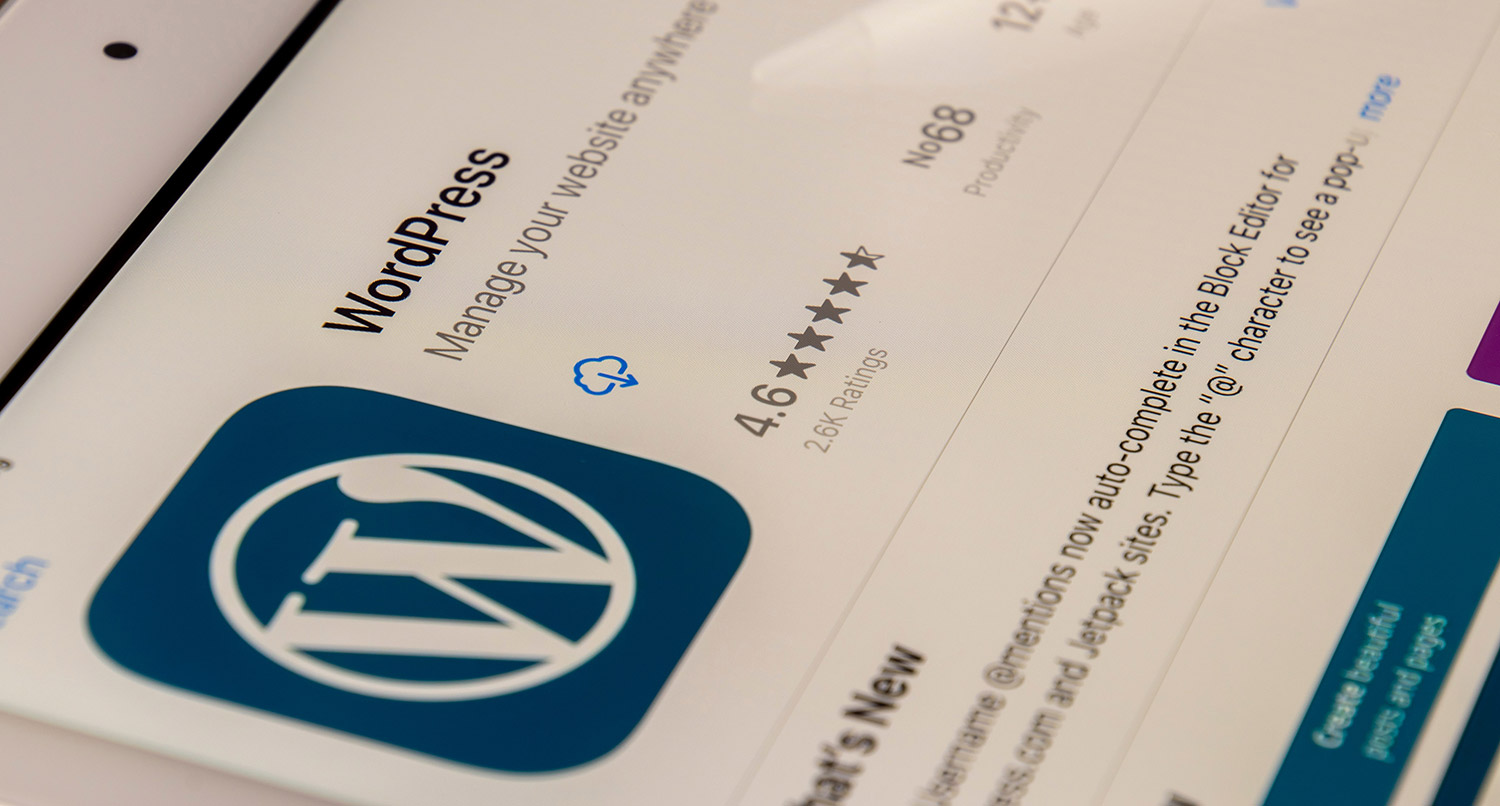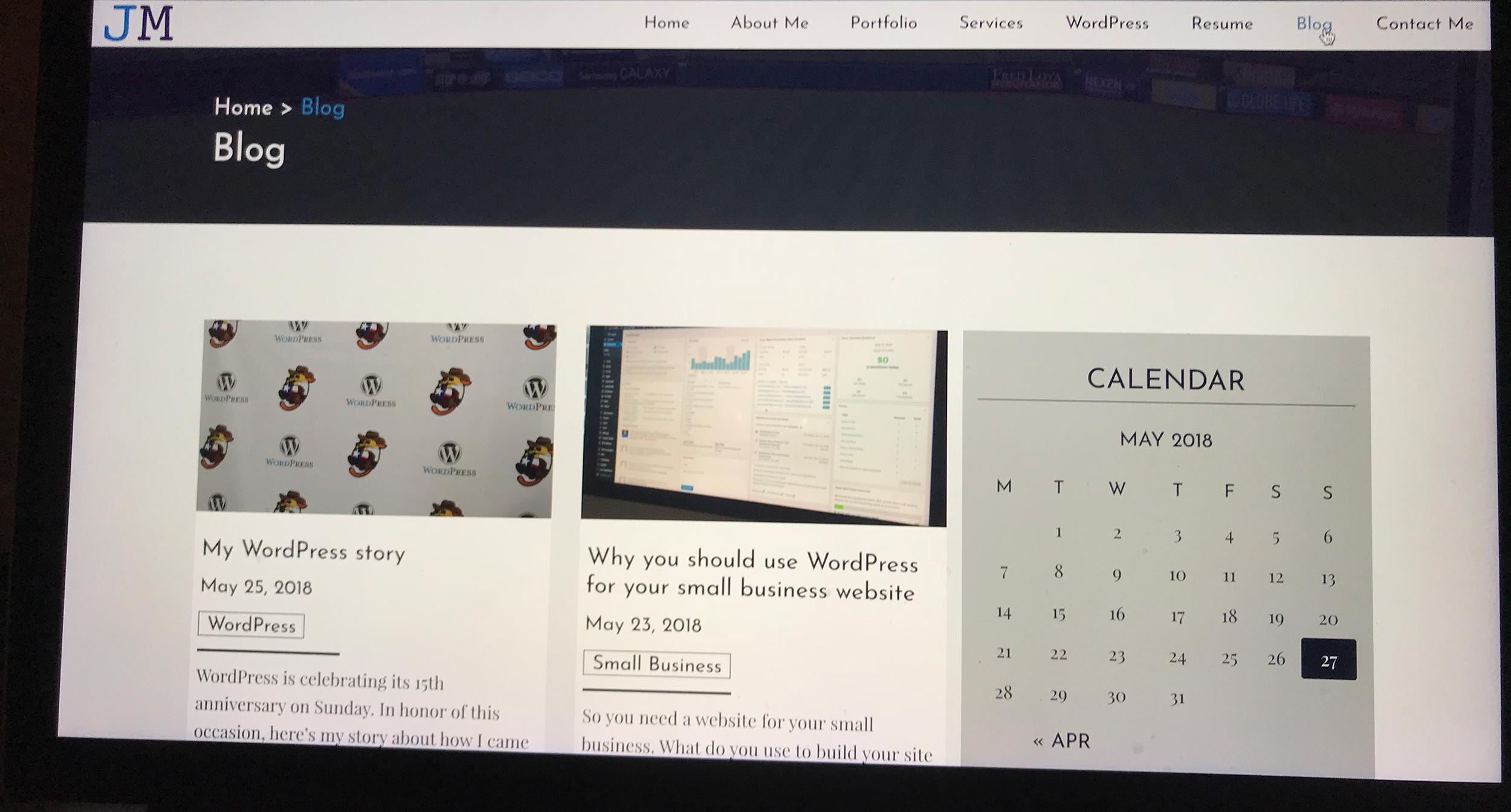If you have an online store or a lead generation form for your services, you probably know how many people are completing your sales process.
But do you know how many people are starting that process and dropping out somewhere along the way? And do you know where they are dropping out so that you can fix any problems to make your website more effective?
If not, don’t worry. There’s a way to find out that information. It comes through the use of website funnels. This is a great visualization to see what part of your sales process is having the hardest time getting people to move to the next step. And ultimately it can help you stop your funnel from “leaking” and increase sales on your site.
So let’s take a dive into what they are and how you can use them to improve your website and conversions.
Creating Web Funnels for Your Website
The concept of a funnel
To understand what funnels are and do on websites or in marketing in general, let’s take an actual funnel. Notice how wide the funnel is at the top. And then as you go down the funnel, it gets narrower and narrower. The end result is that there is more water at the top of the funnel than what

So in the same way, any sort of marketing process looks similar to that funnel. More people are going to enter the funnel than are going to finish it.
You’re going to start out with a lot of people up at the top, whether that’s sending out physical ads or running ads on Google or whatever your target strategy is.
But as people start to go through your process, whether it’s going through pages on your website to buy a product, sign up through a lead generation form and then continue to the process of the website, they are going to start dropping out of your funnel.
In fact, with each step of the process, you’re going to lose a pretty good chunk of people that make it to that step. So ideally, you’ll want to make sure there’s as few steps as possible in your funnel from start to finish.
Get Insights on How to do a Small Business Website Right!
Are you looking to get some help with your small business’ website, but aren’t quite in a spot to take that next step? No worries! I’ve got you covered with a small business newsletter. This weekly newsletter will talk about a different subject related to websites and small businesses each week, as well as highlight blog posts that can help you out. This will help you optimize your business’ site as much as you can while you get yourself into a position to take the next step for your website.
"*" indicates required fields
What are website funnels?
Website funnels are a specific subset of marketing funnels. These funnels only look at actions taken on your website.
These would likely be pages that the user has to go to through in order to complete whatever the goal of your website is.
Let’s use my Sports Bench website as an example. A person reaches the website from a social media post, a search or a Google Ads campaign. From there, they would likely read some content, maybe the features page, a blog post, etc. And then they would hit the “buy now” button, select the version they want and then checkout.
So there are roughly four steps in that entire process. And by creating a funnel to track movement between those steps, I could see where people might be leaving the funnel. And from there I could make decisions about what I might need to do to increase conversions.
Long story short, website funnels help you see what areas of your website might need to be improved.
Why should you use them for your website?
Funnels help you figure out where people are exiting your sales process. Are they exiting right after they get to the website? Do they get to the product page or the checkout page before bouncing? Do they sign up for more information but fail to take that next step?
And then from there you can fix whatever part of the process is seeing the biggest drop off. So if we’re having issues with people leaving at the product pages, maybe we need to check to see if the add to cart button is visible in work, or if we need better content and images. And if they aren’t taking that next step after getting more information, maybe we need to work on re-targeting.
And those actions should, at least in theory, help you see a rise in conversions, or at least moving on to the next step.
So to put it simply, using funnels allows you to see where people exit your sales process and allows you to make changes to fix them to increase conversions.
Preexisting funnels in Google Analytics
The good news is that if you’ve already hooked up your online store to Google Analytics and have Enhanced Ecommerce running, you already have a set of funnels in place that you can see right now.
To see that funnel, simply go to Conversions then Ecommerce and then Behavior.
From here, you can figure out how many people are coming to your website, adding products to their cart, abandoning their cart and eventually checking out. And you can even break it down by different metrics or pages you want to see.
Like a lot of things, there are a lot of possibilities here for you to play with. So it’s best to take some dedicated time to mess around with the settings and see what kind of data you can gather. Then from there you can figure out what to focus on and what will drive your website decisions.
Get Google Analytics and Reporting for Your Website
Websites need to be tracked to make sure they’re being effective. So get the WordPress website hosting that does that for you. Sign up for the Starter WordPress Website Care plan, and get Google Analytics installed for you. And sign up for the Performance plan and get Google Search Console set up and custom Google Analytics reporting sent right to your inbox. Plus, that includes managed updates, security and more. It’s the perfect way to make sure your website is set up for success!
Get Google Analytics Reporting and Web Hosting for your WebsiteOther funnels you can create
But if you need something a little bit more custom to track specific funnels or tracks through your website, you can do that through Google Analytics.
First, in your Google Analytics dashboard, make sure you’re in the correct view you want. Then go to “Admin” and “Goals”. Then click “New Goal”.
Next, select “Custom Goal” and give your goal a name, pick a slot slot and click “Destination” for the goal type.
After that, put the final destination URL in the Destination field. This will likely be your purchase confirmation page. Then turn the funnel on and then add in the name and URL for each step of the process and hit save.
And that’s it! You now have a custom funnel that you can later go back and see where people exit the purchase product process, or might have left before filling out a lead generation . And you can create as many as you want.
If you use other services, like HotJar, they also have tools to help you create funnels and get a little bit more detailed if you want. For example, you can also see heat maps on your website or even take protected recording of users scrolling through your website.
But take the time to set up a funnel or two on your website if you haven’t already. The data you’re able to gather from them is invaluable for making sure your website is as effective as it can be.








